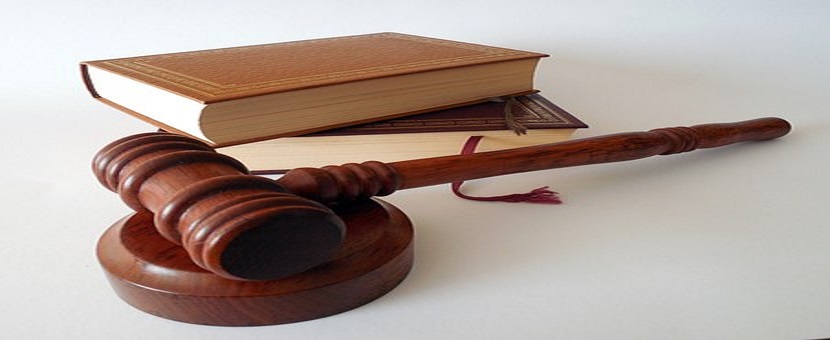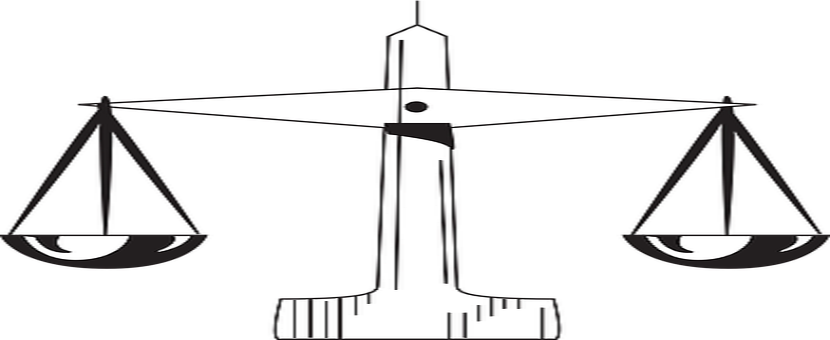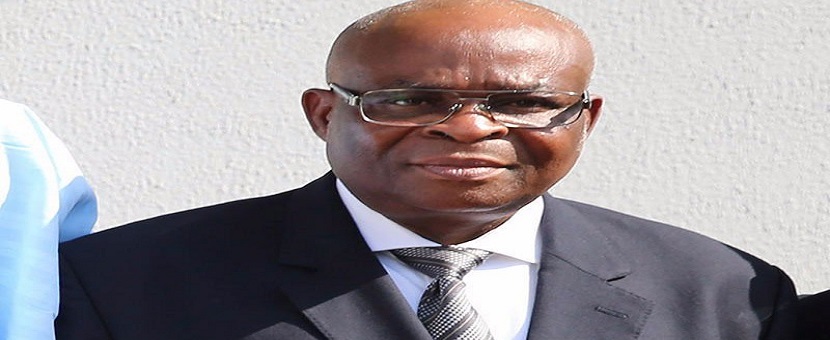Close of Case
In any case before the court (whether criminal or civil), both parties to the case are allowed by law to present their cases in turns during the trial or hearing of the matter. Trial proceedings typically involves the calling of witnesses (oral evidence) and tendering of documents (documentary evidence) in support of a party’s case. In other words, it is at the stage of trial that a party to a case presents the evidence the person wishes to rely upon. In a criminal case for instance, the prosecution begins, and at the end of the presentation of its case and evidence, the prosecution is obligated to step aside for the defence to also present its own case and evidence. The end of presentation of a party’s case and evidence marks the closure of the case of that party. Note too that when one party presents its case and evidence, the other party is entitled to cross-examine (question) the witness(es) called by the first party. The purpose of cross-examination (though not compulsory) is to discredit the assertions and evidence of the witness. If there is any ambiguity in the answers of the witness during cross-examination, the party who called the witness (first party) is permitted to re-examine the witness (at the end of cross-examination) with the aim of leading the witness to make necessary clarifications.
Thus, it is when one party has presented its case and evidence (and the witness (es) is cross-examined and re-examined, where necessary) that the party is said to close its case.
From the foregoing, it is quite clear that to close a case does not at all imply the withdrawal or discontinuance of a case by a party that instituted same. In the instant case of Justice Onnoghen, the Prosecution has simply concluded its own side of the case and has now paved way for Justice Onnoghen (the Defendant) to present his own case and evidence.
In summary,
“To close your case is to conclude your own side of the story.”
No Case Submission
As seen above, where the defence is called upon to present its own case and evidence, the defendant has an option to say that, in the light of the case and evidence presented by the prosecution, there is absolutely nothing in it that deserves any reaction from the defendant. In other words, the defendant believes that there is nothing to defend by way of presenting counter evidence. This is what it means for a defendant to make a No Case Submission.
Put simply,
“When you make a No Case Submission, you are saying you have No Case to Answer”.
The position of the law is that where a defendant makes a No Case Submission (i.e., stating that he has no case to answer), the prosecution has a right to react to same by making counter submission/arguments. The court or tribunal has a duty to evaluate the submissions and arguments both in support and against, and arrive at a decision. Where the court sustains the No Case Submission, the defendant would be discharged and acquitted of the allegations contained in the charge. Where however the court does not find merit in the No Case Submission, the court will overrule same and ask the defendant to proceed with the presentation of his or her case and evidence in defence. The defendant has an option to comply or decline. It must be noted that the option to decline flows from the constitutional right of the defendant to keep mute and say absolutely nothing at his or trial. Where the defendant elects to keep mute and refuses to present his own side of the case and evidence, and the court thereafter finds merit in the case of the prosecution against him, (s)he would be convicted accordingly and the defendant would not be heard to say that he was denied fair hearing or an opportunity to be heard. It must be mentioned that the defendant has a right to appeal against any decision of the trial court, including the decision discountenancing the No Case Submission. See Saraki’s case for instance where the Supreme Court upheld his No Case Submission.
At the close of the Prosecution’s case in the instant case of Justice Onnoghen, it was reported that the Defence hinted that a No Case Submission would be made. Once made, the Tribunal has a duty to consider same and deliver a ruling one way or the other. Until then, it must be noted that the Prosecution has not withdrawn, discontinued or abandoned the case. Also, it is absolutely immaterial that the Prosecution called only three witnesses out of the six earlier lined up, as the evidence of only one witness can sustain or prove a case.
Notwithstanding our misgivings concerning the current development, we must await the ultimate decision of the Tribunal before a proper and reliable analysis/critique can be done. Recent report has it that Justice Onnoghen may face fresh charges before the regular courts. Conviction and Sentencing; as well as Discharge and Acquittal cannot be done on social media or in the ‘court’ of public opinion.
Featured Image Credit: The Nation.














